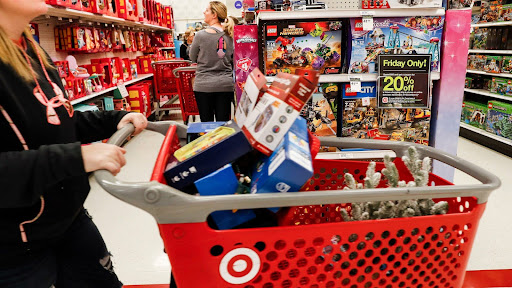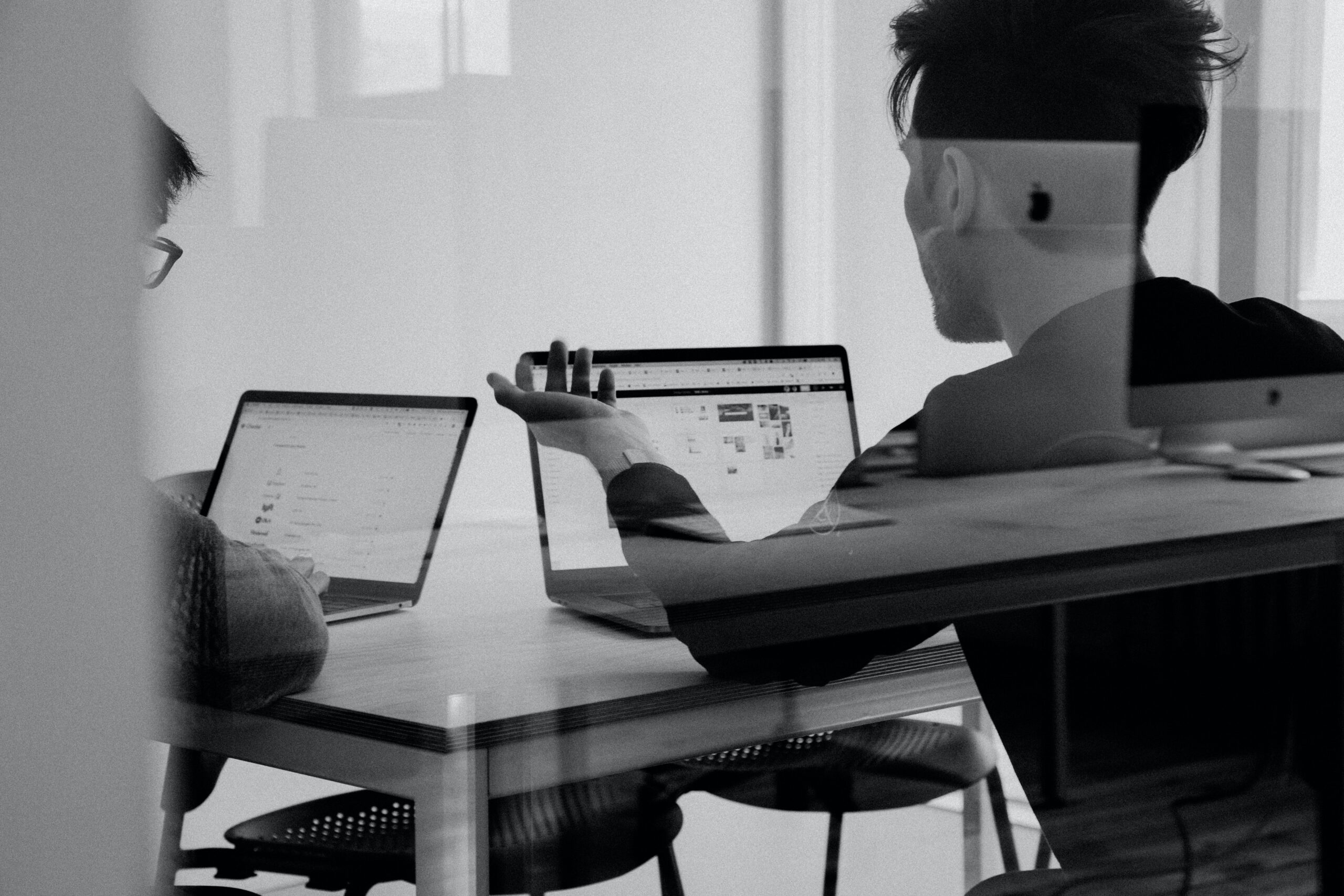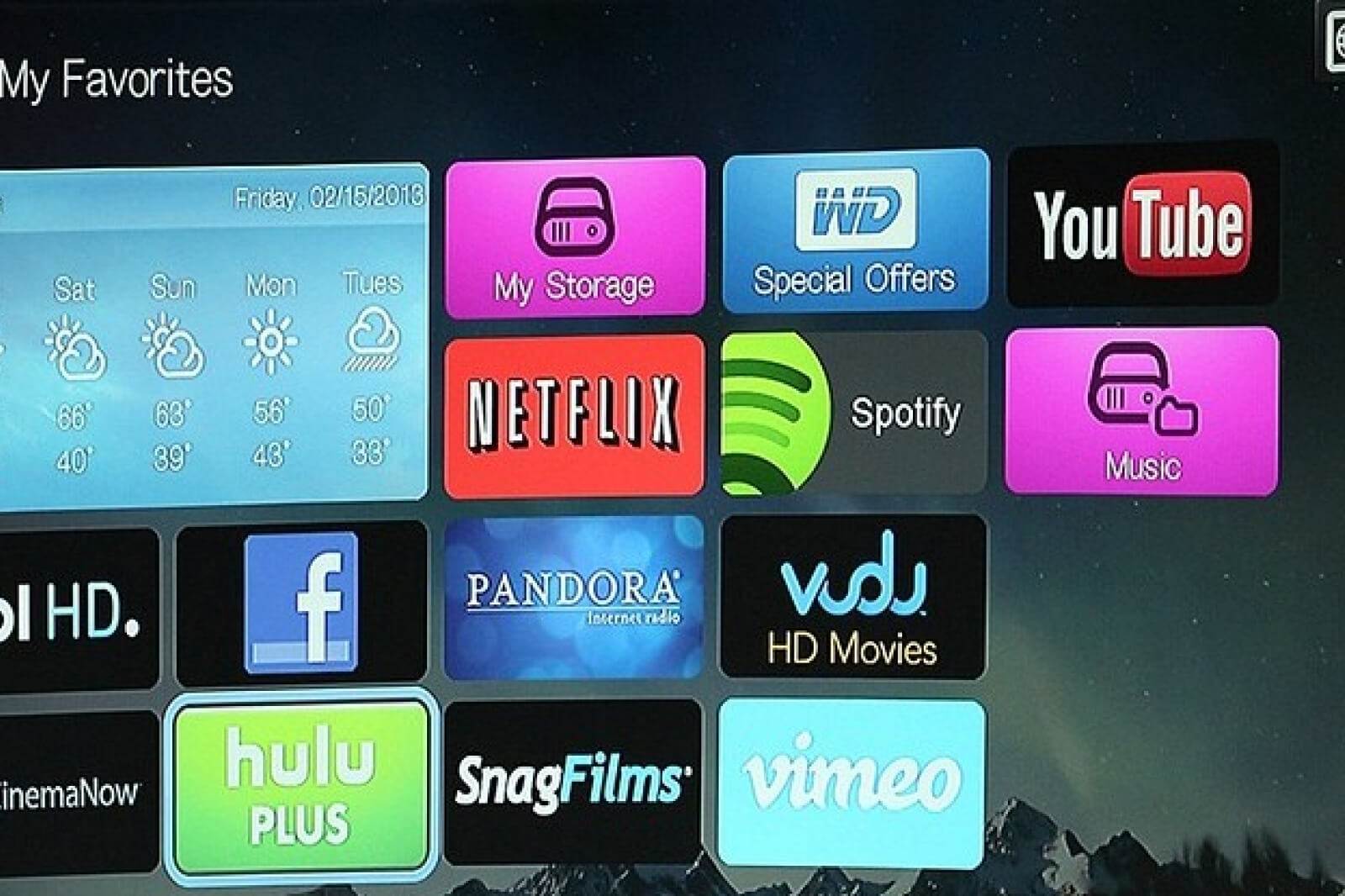Kim K is acting up again — nature is healing.
After Kanye West recently went on an online tear trying to win Kim back by … weaponizing his fans against her and her boyfriend — the logic is flawed, especially since West was simultaneously parading his relationship with Julia Fox — a judge declared Kim Kardashian legally single. Silly me, I thought this would be the end of the whole ordeal. I naively hoped that I would get some peace, quiet, and respite from the Kardashian/Jenner/West/Barker/Fox/Davidson/whoever-else brood for at least a little while.
Once again, I was wrong.
Kim Kardashian recently made it Instagram-official with Pete Davidson in a very on-trend photo dump. And — predictably — this went viral. This is … whatever. Good for them. However, at the same time, a video of Kim’s advice to business owners also went viral.
In an interview for Variety, the magazine asked Kim for her “best advice for women in business.” In response, Kim said — in all seriousness and without a hint of sarcasm or self-awareness — “Get your f—ing ass up and work.” She continued: “It seems like nobody wants to work these days. You have to surround yourself with people that want to work. No toxic work environments and show up and do the work. Have a good work environment where everyone loves what they do because you have one life.”
If this sounds like bad advice, it’s because it is. None of it means anything substantial. At best, it’s vacuous and unhelpful. At worst, it’s ignorant and completely insensitive.
Emerging from a global pandemic that ravaged the economy with high rates of unemployment and confused work boundaries for those who could work, Kim’s assessment of people “these days” is outrageously out of touch.
In fact, most people are working more. Studies show: “Nearly 70 percent of professionals who transitioned to remote work because of the pandemic say they now work on the weekends. And 45 percent say they regularly work more hours during the week than they did before.”
While the rise of remote work promised more freedom and flexibility, it actually placed increased pressure on employees. They face rising workloads — especially in shrinking departments that laid off some employees due to budget cuts — and less ability to advocate for themselves. So, even if Kim is right and people don’t “want to work,” they’re working anyway. And they’re working more than ever.
According to Paul McDonald, senior executive director at LA-based staffing firm Robert Half, “While remote work affords employees greater flexibility, it also makes disconnecting extremely difficult. Many people feel pressure to keep up with rising workloads and are putting in long hours to support the business and customer needs.”
This pressure, combined with hastily-set-up remote systems means employees have been left in limbo, clocking in at the end of the world. “Simply handing an employee a laptop and downloading Zoom or some other collaborative software is not enough to help employees manage their work and lives through the pandemic and beyond,” says Cali Williams Yost, a nationally recognized expert on workplace flexibility and founder of the Manhattan-based consultancy Flex+Strategy Group.
Due to the prevalence of hustle culture, these boundaries are even more blurred. Unfortunately, the glorification of non-stop hustling was omnipresent during the pandemic. Remember when we first started lockdown and everyone was like, “write a book,” or “get a six-pack.” Somehow, that expectation still stands, and now those who got crypto-rich or exploited people’s pandemic vulnerabilities are looking down on the people who didn’t.
Kim is the latter. Her various business ventures all depend on selling consumer insecurities back to people. The self-image she constructed for her brand is one that promises her fans they can get a piece of her life, her success, her looks if they only spend more and more money.
According to Kim, her job is burdensome. She defended herself, saying: “When you do product shots (or) when you (post) things that are work-related posts, it’s still a job and it’s still really hard. Success is never easy. If you put in the work, you will see results.” But once again, this is overly simplistic, oblivious, and ignorant.
Not to say that she hasn’t leveraged the privileges she’s been given, but that’s just it. Kim Kardashian was born in proximity to wealth and fame, all of which provided her with the opportunities she has now leveraged for her success. And some of these opportunities have come at the cost of other people — i.e. her whole aesthetic and how it was built on a foundation of anti-blackness. As a fair-skinned woman, Kim was praised and uplifted for embodying aesthetics that Black women have been shamed and degraded for. So her success is not merely a result of her desire to work, her individual actions. Rather, it’s because she had all the prerequisites to success. But not everyone can just reach out and choose a life of access, ease, and abundance.
To be honest, the Variety question was kind of a setup. Kim’s relationship with work is not like most people’s, so no advice she would have given would be relatable. Sure, it didn’t have to be so shallow or perpetuate toxic ideas about work. But the lesson here is clear: don’t take work advice from Kim Kardashian.
string(5874) "
Kim K is acting up again — nature is healing.
After Kanye West recently went on an online tear trying to win Kim back by … weaponizing his fans against her and her boyfriend — the logic is flawed, especially since West was simultaneously parading his relationship with Julia Fox — a judge declared Kim Kardashian legally single. Silly me, I thought this would be the end of the whole ordeal. I naively hoped that I would get some peace, quiet, and respite from the Kardashian/Jenner/West/Barker/Fox/Davidson/whoever-else brood for at least a little while.
Once again, I was wrong.
Kim Kardashian recently made it Instagram-official with Pete Davidson in a very on-trend photo dump. And — predictably — this went viral. This is … whatever. Good for them. However, at the same time, a video of Kim’s advice to business owners also went viral.
In an interview for Variety, the magazine asked Kim for her "best advice for women in business." In response, Kim said — in all seriousness and without a hint of sarcasm or self-awareness — “Get your f—ing ass up and work.” She continued: “It seems like nobody wants to work these days. You have to surround yourself with people that want to work. No toxic work environments and show up and do the work. Have a good work environment where everyone loves what they do because you have one life.”
If this sounds like bad advice, it’s because it is. None of it means anything substantial. At best, it’s vacuous and unhelpful. At worst, it's ignorant and completely insensitive.
Emerging from a global pandemic that ravaged the economy with high rates of unemployment and confused work boundaries for those who could work, Kim’s assessment of people “these days” is outrageously out of touch.
In fact, most people are working more. Studies show: “Nearly 70 percent of professionals who transitioned to remote work because of the pandemic say they now work on the weekends. And 45 percent say they regularly work more hours during the week than they did before.”
While the rise of remote work promised more freedom and flexibility, it actually placed increased pressure on employees. They face rising workloads — especially in shrinking departments that laid off some employees due to budget cuts — and less ability to advocate for themselves. So, even if Kim is right and people don’t “want to work,” they’re working anyway. And they’re working more than ever.
According to Paul McDonald, senior executive director at LA-based staffing firm Robert Half, "While remote work affords employees greater flexibility, it also makes disconnecting extremely difficult. Many people feel pressure to keep up with rising workloads and are putting in long hours to support the business and customer needs.”
This pressure, combined with hastily-set-up remote systems means employees have been left in limbo, clocking in at the end of the world. “Simply handing an employee a laptop and downloading Zoom or some other collaborative software is not enough to help employees manage their work and lives through the pandemic and beyond,” says Cali Williams Yost, a nationally recognized expert on workplace flexibility and founder of the Manhattan-based consultancy Flex+Strategy Group.
Due to the prevalence of hustle culture, these boundaries are even more blurred. Unfortunately, the glorification of non-stop hustling was omnipresent during the pandemic. Remember when we first started lockdown and everyone was like, “write a book,” or “get a six-pack.” Somehow, that expectation still stands, and now those who got crypto-rich or exploited people’s pandemic vulnerabilities are looking down on the people who didn’t.
Kim is the latter. Her various business ventures all depend on selling consumer insecurities back to people. The self-image she constructed for her brand is one that promises her fans they can get a piece of her life, her success, her looks if they only spend more and more money.
According to Kim, her job is burdensome. She defended herself, saying: “When you do product shots (or) when you (post) things that are work-related posts, it's still a job and it's still really hard. Success is never easy. If you put in the work, you will see results.” But once again, this is overly simplistic, oblivious, and ignorant.
Not to say that she hasn’t leveraged the privileges she’s been given, but that’s just it. Kim Kardashian was born in proximity to wealth and fame, all of which provided her with the opportunities she has now leveraged for her success. And some of these opportunities have come at the cost of other people — i.e. her whole aesthetic and how it was built on a foundation of anti-blackness. As a fair-skinned woman, Kim was praised and uplifted for embodying aesthetics that Black women have been shamed and degraded for. So her success is not merely a result of her desire to work, her individual actions. Rather, it’s because she had all the prerequisites to success. But not everyone can just reach out and choose a life of access, ease, and abundance.
To be honest, the Variety question was kind of a setup. Kim’s relationship with work is not like most people’s, so no advice she would have given would be relatable. Sure, it didn’t have to be so shallow or perpetuate toxic ideas about work. But the lesson here is clear: don’t take work advice from Kim Kardashian.
"












